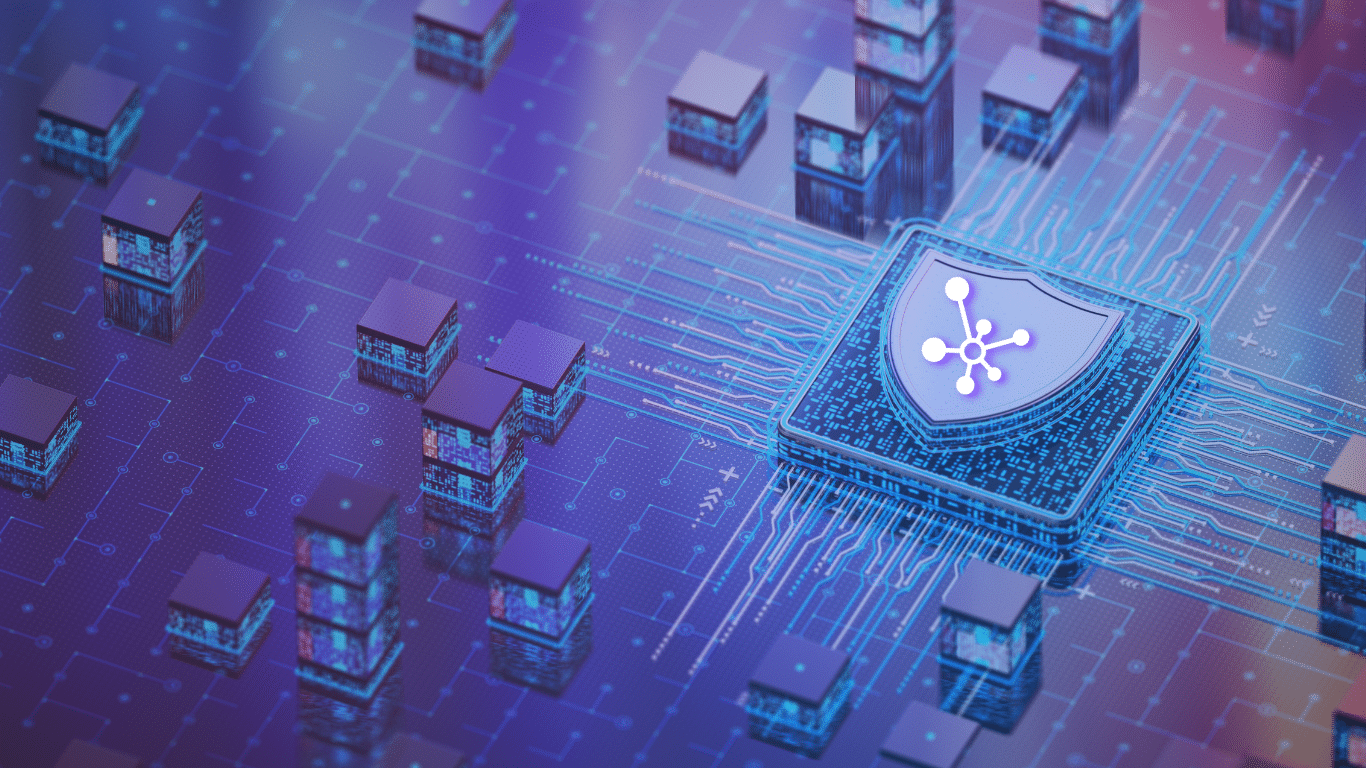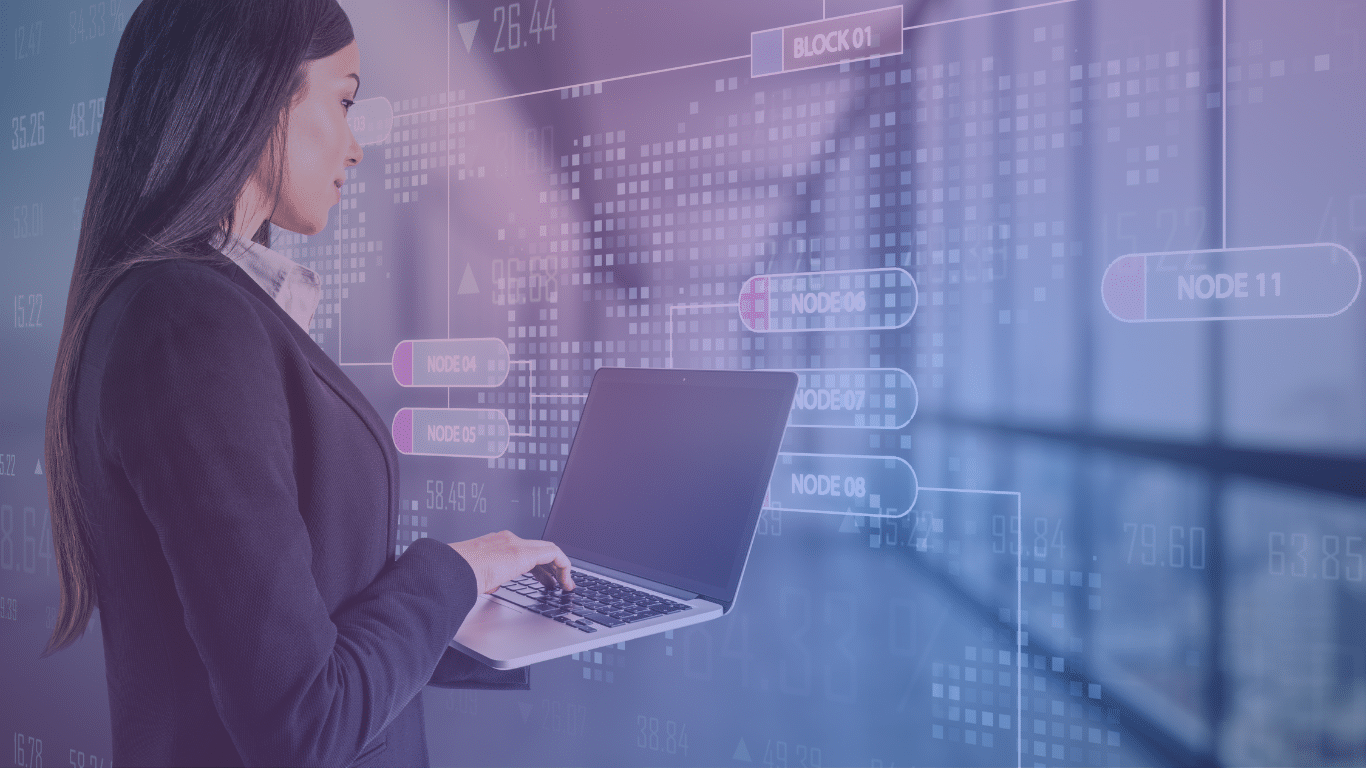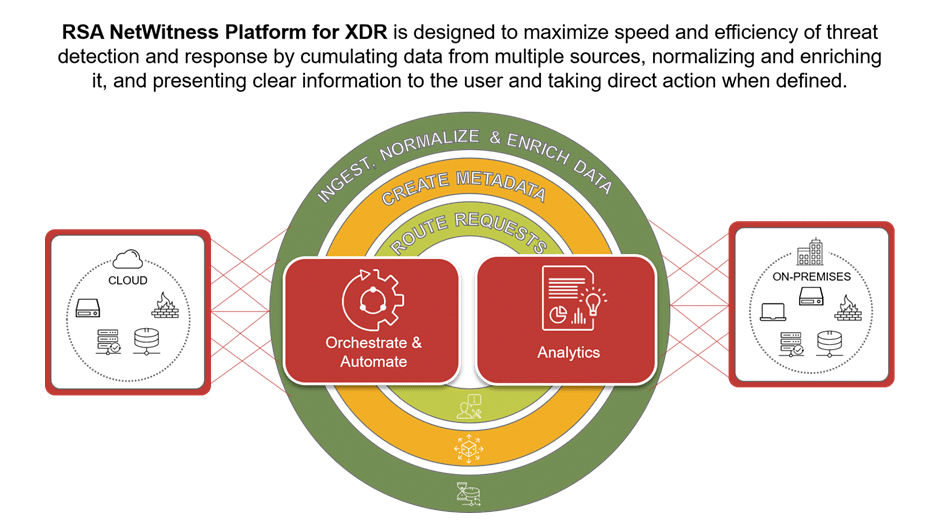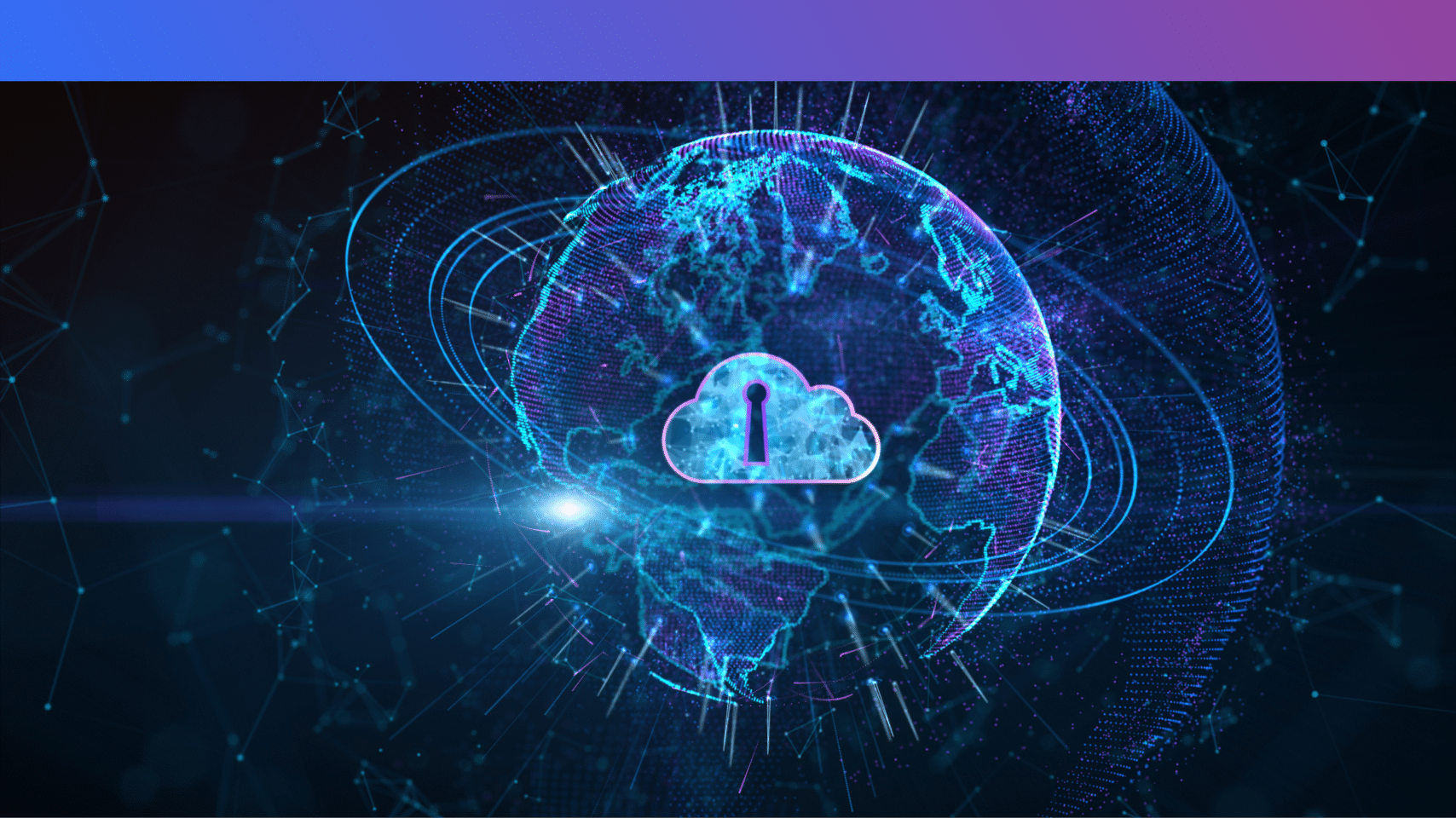
Network Optimization with Packet Capture Tools
When networks chatter, packet capture listens. It’s the tech wizardry that grabs and stores data zipping across your network—vital for security pros and IT gurus to troubleshoot threats or catch cyber sneaks red-handed. Think of it as a high-stakes digital stakeout where every byte could be a clue. Dive in and you’ll get the lowdown on how this sleuthing plays out in real-time, snagging full packets for deep dives later. You’ll also meet some top-shelf tools like those NetWitness offers. Catching wind of trouble? Packet analysis tools will arm you with insights into traffic patterns, letting you spot issues before they balloon into full-blown problems or track down culprits after […]
Read more













